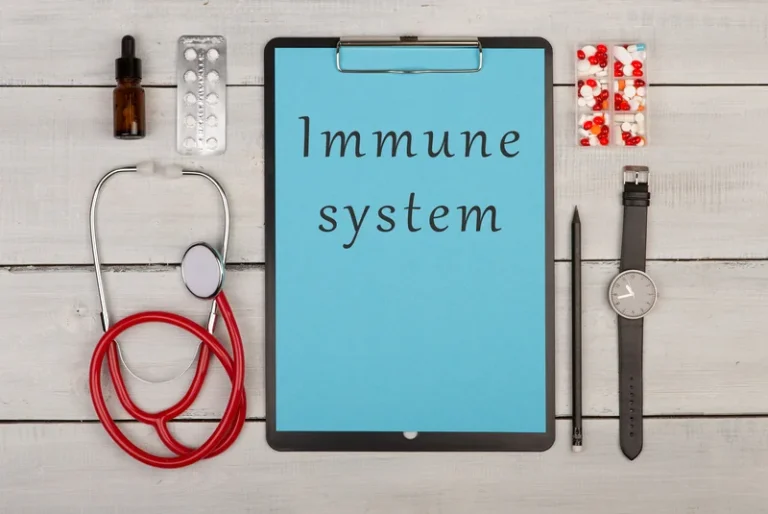Giỏ hàng của bạn đang trống
Recovery: Abstinence vs Moderation

The effectiveness of these programmes can greatly vary depending on several factors such as treatment duration, individual factors, and programme challenges. Relapse Prevention (RP) is another well-studied model used in both AUD and DUD treatment (Marlatt & Gordon, 1985). In its original form, RP aims to reduce risk of relapse by teaching participants cognitive and behavioral skills for coping in high-risk situations (Marlatt & Gordon, 1985). More recent versions of RP have included mindfulness-based techniques (Bowen, Chawla, & Marlatt, 2010; Witkiewitz et al., 2014).
‘Dangerous Data’ Part 7: Controlled Drinking Versus Abstinence: Who Decides? An Effectiveness Bank Hot Topic

Some people find it’s still too overwhelming to be around alcohol, and it’s too hard to change their habits. If one drink still leads to several more, attempting moderation isn’t the safest choice. People who have a more severe drinking problem and find moderation difficult to maintain often do better with abstinence. The first, Medical Management (MM), consisted of nine brief sessions delivered by a licensed health care professional, and was intended to approximate a primary care intervention. The second, Combined Behavioral Intervention (CBI), consisted of up to twenty, 50-minute sessions which integrated aspects of cognitive behavioral therapy, 12-step facilitation, motivational interviewing, and involvement of support systems.
Models of nonabstinence psychosocial treatment for SUD
Social stability at intake was negatively related in Rychtarik et al. to consumption as a result either of abstinence or of limited intake. Apparently, social stability predicts that alcoholics will succeed better whether they choose abstinence or reduced drinking. But other research indicates that the pool of those who achieve remission can be expanded by having broader treatment goals. Should it be complete and total abstinence from alcohol, or can an alcoholic learn to use alcohol in moderate, controlled ways? The Alcoholics Anonymous organization states that the goal of treatment for those who are dependent on alcohol must be total, complete, and permanent abstinence from alcohol. They reject controlled drinking—drinking moderate but never excessive amounts—as a goal of treatment, believingthat such a goal is harmful to the alcoholic.
Alcohol Moderation Management Programs
- If you have health problems related to alcohol, it may be unsafe to drink at all, period.
- We would like to know what GOAL you have chosen for yourself about using alcohol at this time…Pick only one of the following goals.
- Only 18 percent of 500 recovered alcohol abusers in the survey achieved remission through treatment.
- Likewise, further research should consider matching patients’ drinking goals to specific treatment modalities, whether behavioral or pharmacological in nature.
Those are significant inquiries because their answers uncover wounds that need fixing and an overall absence of adapting abilities. It has been proven that when those problems are fixed, the tendency to drink when disturbed might be handled, and being able to avoid feelings may be accomplished. Various studies discovered that in certain cultures there is a certain percentage of people with the ability to stop drinking and practice moderation management, but the probability of that being the case is in the extreme range. To begin with, we know that the best way to break a severe addiction is moderation management from using substances because this will be the most comfortable, most effective, and safe way to do so.
Abstinence continues to be the dominant approach to alcohol treatment in the United States, while non-abstinent approaches tend to be more acceptable abroad (Klingemann & Rosenberg, 2009; Luquiens, Reynaud, & Aubin, 2011). The debate between abstinence and non-abstinence approaches, specifically controlled drinking (CD), has remained a controversial topic in the alcoholism field since the 1960s (Davies, 1962; Miller & Caddy, 1977). As far as treatment outcomes are considered, there is no universally accepted definition of what constitutes successful CD. It has been suggested that CD, and more specifically a reduction in heavy drinking, has a number of clinical benefits that should be taken into consideration when discussing drinking goals (Gastfriend, Garbutt, Pettinati, & Forman, 2007). Although abstainers had the best outcomes, this study suggests that moderate drinking may be considered a viable drinking goal option for some individuals who may not be willing or able to abstain completely.

Controlled drinking, often advocated as a moderation approach for people with controlled drinking vs abstinence alcohol use disorders, can be highly problematic and unsuitable for those who truly suffer from alcohol addiction. Alcoholism is characterised by a loss of control over one’s drinking behaviour and an inability to consistently limit consumption. Attempting controlled drinking in such cases often reinforces the addictive cycle rather than breaking it. Understanding the psychological factors involved in controlled drinking is crucial too. Your thoughts, feelings, and behaviours all play a role in how you manage your alcohol consumption. It’s important to acknowledge any emotional ties you might have to alcohol as these could make both moderation and complete abstinence more challenging.
- If your own life has been a mess because of your addictive behavior, why chance it?
- A “controlled drinking controversy” followed, in which the Sobells as well as those who supported them were publicly criticized due to their claims about controlled drinking, and the validity of their research called into question (Blume, 2012; Pendery, Maltzman, & West, 1982).
- Regarding pharmacological interventions for alcohol use disorders, recent laboratory studies of naltrexone have elucidated its mechanisms of action.
- Nordström and Berglund, like Wallace et al. (1988), selected high-prognosis patients who were socially stable.
- However, prior studies have defined“recovery” based on DSM criteria, and thus may have excluded individualsusing non-abstinent techniques that do not involve reduced drinking.
We are not perfect beings, we are fallible and breaking a commitment is not the same as giving up on one. A permanent commitment means we are committed to a course of action for the future and we will do every thing in our power to fulfill and maintain that commitment. Moderation often requires that you take anti-craving medication for an indefinite period of time.


When people aiming for abstinence make a mistake, they may feel like quitting is impossible and give up entirely. You can have an occasional drink without feeling defeated and sliding deeper into a relapse. Multivariable stepwise regressions estimating the probability of non-abstinentrecovery and average quality of life. Family involvement plays an integral role in our treatment process because we understand that addiction does not occur in isolation – it affects everyone who cares about you too.

The results of https://ecosoberhouse.com/ the Sobell’s studies challenged the prevailing understanding of abstinence as the only acceptable outcome for SUD treatment and raised a number of conceptual and methodological issues (e.g., the Sobell’s liberal definition of controlled drinking; see McCrady, 1985). A “controlled drinking controversy” followed, in which the Sobells as well as those who supported them were publicly criticized due to their claims about controlled drinking, and the validity of their research called into question (Blume, 2012; Pendery, Maltzman, & West, 1982). Despite the intense controversy, the Sobell’s high-profile research paved the way for additional studies of nonabstinence treatment for AUD in the 1980s and later (Blume, 2012; Sobell & Sobell, 1995). Marlatt, in particular, became well known for developing nonabstinence treatments, such as BASICS for college drinking (Marlatt et al., 1998) and Relapse Prevention (Marlatt & Gordon, 1985). Like the Sobells, Marlatt showed that reductions in drinking and harm were achievable in nonabstinence treatments (Marlatt & Witkiewitz, 2002).






